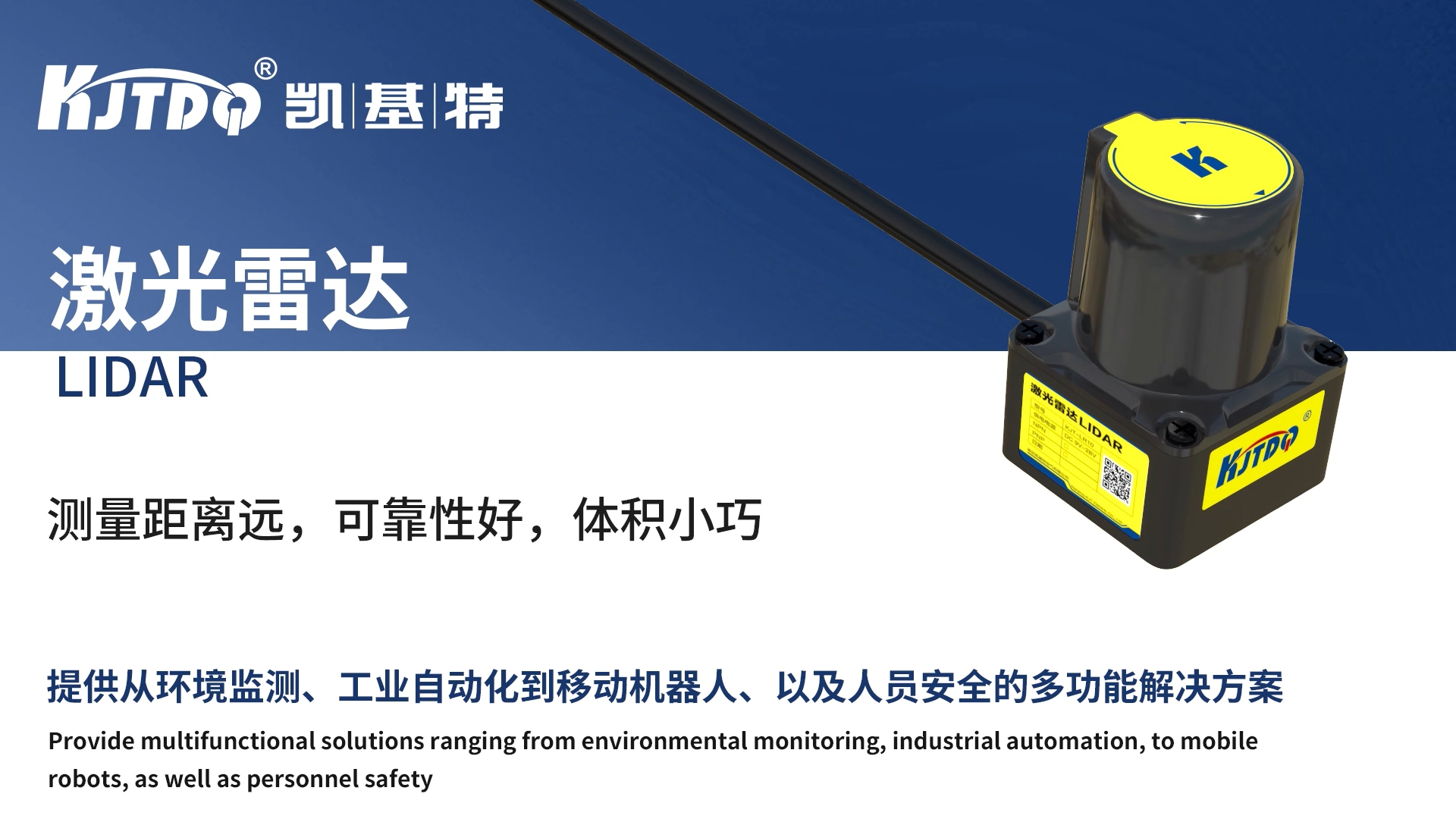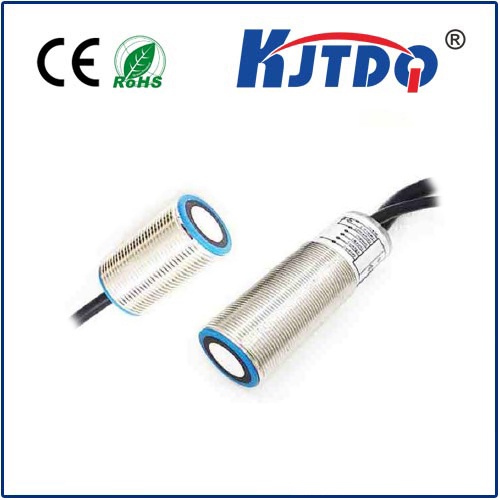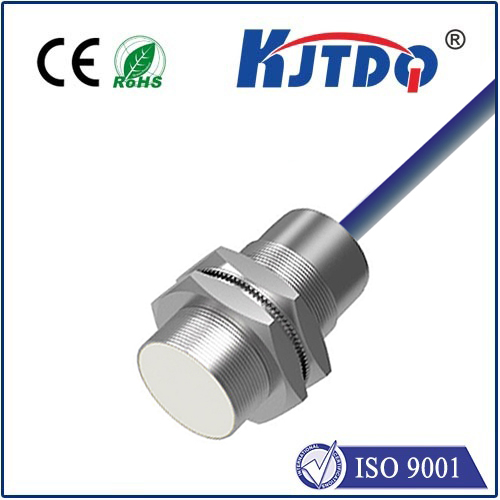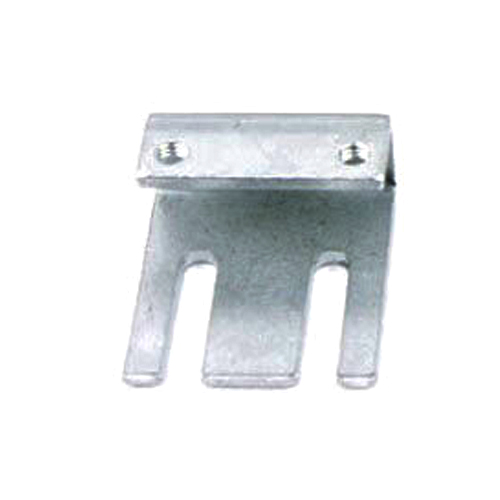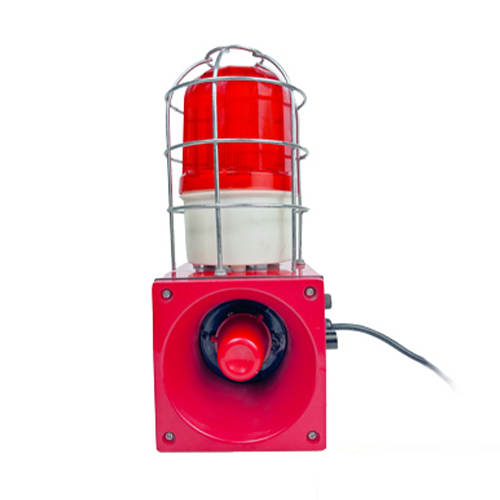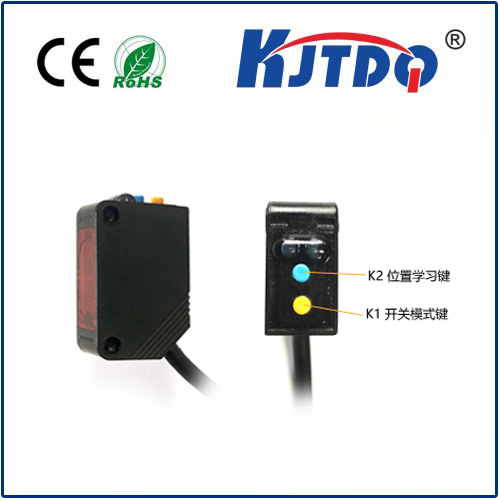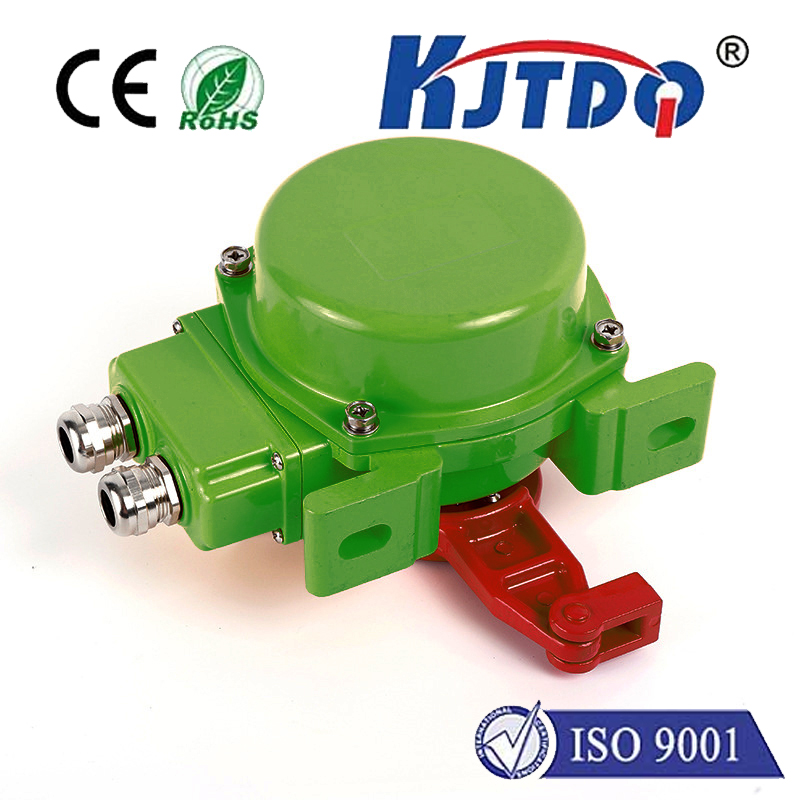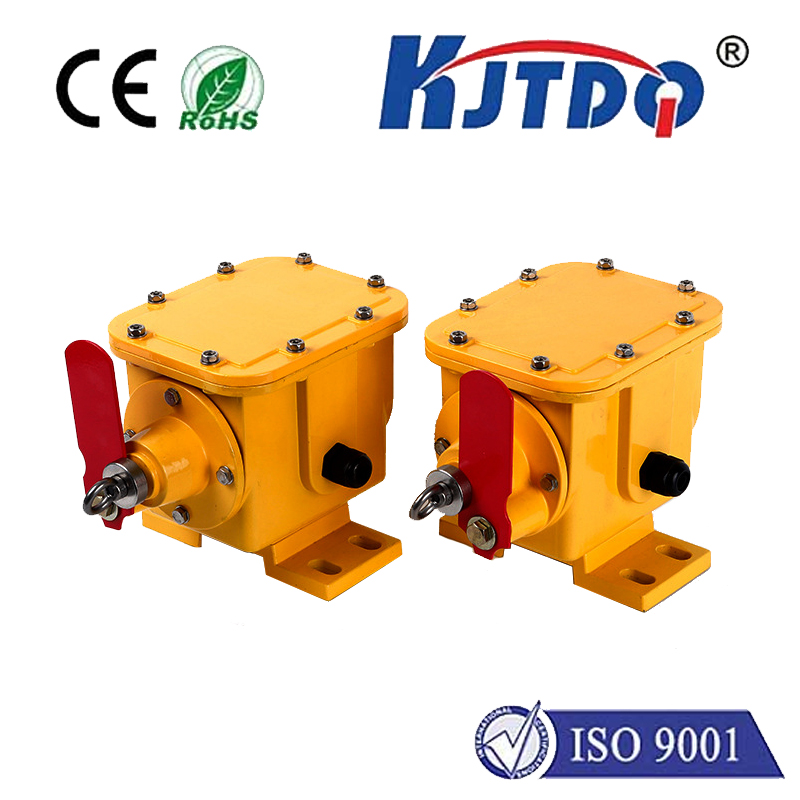torque switch for motor
- time:2025-08-08 00:55:36
- Click:0
Understanding Torque Switches: Essential Protection for Electric Motors
Imagine an industrial conveyor belt straining under a sudden overload, a pump battling a jammed impeller, or an automated assembly arm encountering unexpected resistance. Without intervention, the driving electric motor faces the brunt of this excessive force, potentially leading to catastrophic failure. This is where a seemingly simple yet fundamentally vital component steps in: the torque switch for motors. Its primary role? To act as a guardian, detecting dangerous levels of mechanical resistance and swiftly interrupting power before costly damage occurs.
Demystifying the Torque Switch: What It Is and Why It Matters
At its core, a torque switch (also known as a torque limiter switch or motor torque protector) is an electromechanical device designed specifically to monitor the rotational force (torque) experienced by an electric motor shaft. When the torque exerted on the motor shaft exceeds a predetermined safe threshold – indicating an overload condition – the switch activates. This activation typically opens an electrical circuit, cutting power to the motor almost instantaneously.
The critical nature of this function cannot be overstated. Motors are the workhorses of countless industries, but they are not invincible. Sustained overloads cause excessive current draw, leading to:
- Overheating: Damaging insulation, weakening windings (the “copper” or “aluminum” coils inside the motor), and shortening motor life dramatically.
- Mechanical Stress: Bearing wear, shaft bending, coupling damage, and potential gearbox failure in driven systems.
- Downtime and Cost: Repairing or replacing motors and associated damaged equipment is expensive and halts production.
While circuit breakers and thermal overload relays protect against electrical overcurrent, they respond indirectly and often with a slight delay to thermal effects caused by high current. A torque switch, however, responds directly and mechanically to the physical force on the shaft itself. This makes it a faster and more targeted solution for preventing purely mechanical overloads, where motor current might not immediately spike to levels triggering conventional protectors, but the shaft torque is dangerously high.

Inside the Mechanism: How a Torque Switch Safeguards Your Motor
Understanding the basic principle requires visualizing the forces involved. Most common industrial torque switches utilize a centrifugal mechanism, elegantly simple in its effectiveness:
- Connection: The torque switch is physically mounted onto the motor shaft or a shaft extension.
- Rotating Mass: Inside the switch, weighted components are linked to springs and calibrated to the motor’s maximum safe operating torque.
- Force Balance: During normal operation, centrifugal force generated by rotation pushes the weights outward. This force is balanced by the calibrated springs, keeping the switch contacts closed and allowing power flow.
- Overload Detection: When excessive torque loads the shaft (e.g., due to a jam), the shaft attempts to slow down. This increase in torque leads to an increase in the force trying to rotate the weighted mechanism relative to the housing. Crucially, it’s this relative mechanical force, not just rotational speed, that triggers the action.
- Actuation: The increased force overcomes the spring tension. This causes the weighted mechanism to shift position, typically activating a collar or lever.
- Power Interruption: This physical movement directly displaces an actuator pin or button linked to a robust microswitch or snap-action switch housed within the unit. The contacts inside this switch snap open, breaking the control circuit powering the motor starter coil. The motor powers off immediately.
- Reset: Once the overload cause is removed, the mechanism typically automatically resets as torque normalizes, or a manual reset button needs to be pressed (depending on design) to restore power.
Key Advantages: Why Choose a Torque Switch?
Integrating a torque switch protector offers distinct benefits over relying solely on electrical overload devices:
- Instantaneous Mechanical Response: Reacts directly to shaft torque within milliseconds, providing faster protection against jams and sudden lock-ups than thermal devices.
- Prevents Mechanical Damage: Protects shafts, bearings, couplings, gears, and driven equipment from the destructive forces of excessive torque, not just the motor windings.
- Reduces Electrical Stress: By cutting power quickly, it minimizes the duration of high inrush currents associated with stalled motors, potentially benefiting upstream electrical components.
- Adjustability (Often): Many torque switches feature calibrated springs or settings, allowing technicians to fine-tune the torque trip point for specific applications, optimizing protection without nuisance tripping.
- Simplicity and Reliability: The electromechanical nature makes these devices generally robust, relatively simple to understand, and suitable for demanding industrial environments.
- Cost-Effective Protection: Prevents expensive motor repairs, driven equipment damage, and costly production downtime – a small investment for significant asset protection.
Where Torque Switches Shine: Critical Applications
The motor torque protector finds its niche wherever sudden mechanical jams or overloads are a risk:
- Conveying Systems: Protecting motors driving belts, chains, or screw conveyors prone to jamming due to material blockages or misaligned items.
- Material Processing: Shielding motors in crushers, grinders, shredders, mixers, and extruders from overloads caused by oversized materials or foreign objects (FOD).
- Pumps and Fans: Guarding against cavitation in pumps, dry running conditions, or sudden blockages in discharge lines, and preventing fan blade obstructions.
- Machine Tools: Protecting spindles, feed mechanisms, and automation arms from crashes, tool breakage, or workpiece jams in CNC machines, lathes, mills, and robotic cells.
- Packaging Machinery: Preventing damage in wrappers, fillers, cappers, and labellers during product jams or mis-feeds.
- Automotive & Assembly: Safeguarding motors in robotic welders, part feeders, presses, and clamping mechanisms.
- Food Processing: Protecting motors in slicers, dicers, blenders, and filling lines where product inconsistencies can cause jams.
Selecting and Implementing the Right Torque Switch
Choosing the correct torque limiter switch is crucial:
- Torque Range: Must be compatible with the motor’s operating torque and the required trip point.
- Shaft Size & Connection: Must match the motor shaft diameter and fitment (e.g., keyway, setscrews, flanges).
- Speed Range: Must operate effectively within the motor’s speed range.
- Electrical Rating: The internal switch contacts must handle the voltage and current of the motor’s control circuit.
- Reset Type: Auto-reset for unattended operations or manual reset for safety-critical applications where the cause must be investigated.
- Environment: IP rating suitable for the operating area (dust, moisture, washdown).
- Compliance: Meets relevant safety standards (e.g., UL, CSA, CE).
Proper installation is vital. Mounting must be rigid and aligned correctly with the motor shaft. Electrical wiring must be implemented according to the manufacturer’s diagram and relevant electrical codes, integrating the torque switch contacts into the motor starter coil control circuit. Regular functional checks are recommended to ensure the switch operates reliably when needed most.
A Fundamental Layer of Defense
In the intricate world of motor-driven systems, safeguarding against mechanical carnage is paramount. While electrical protection devices handle overcurrent, the torque switch for motors provides an indispensable, mechanically direct response to dangerous shaft overloads. Its ability to instantly disconnect power upon detecting excessive torque prevents catastrophic damage to motors and connected machinery, slashes downtime costs, and enhances overall operational safety. Implementing this robust yet relatively simple motor torque protector is a smart engineering decision, adding a vital layer of resilience to countless industrial and automation applications.







